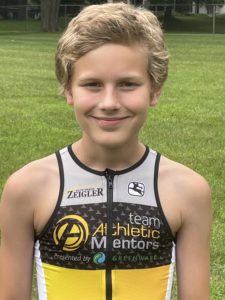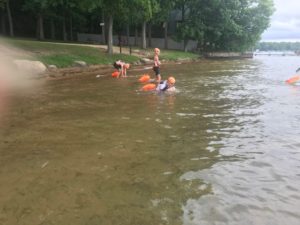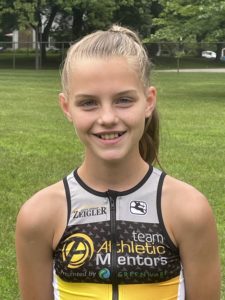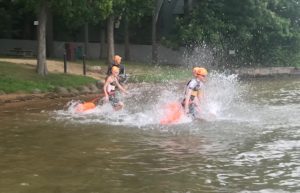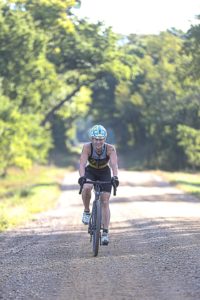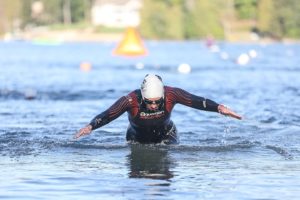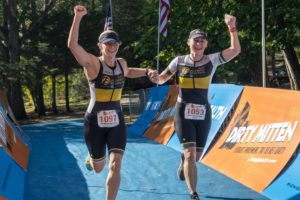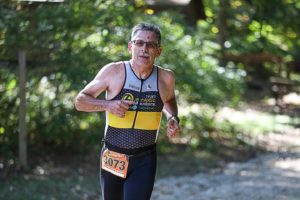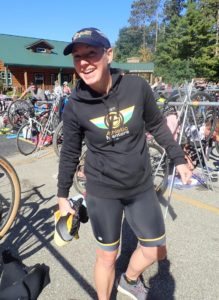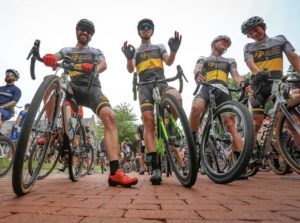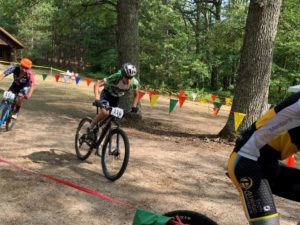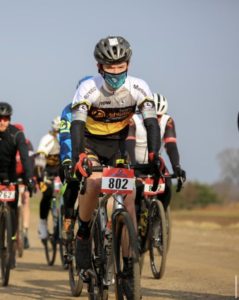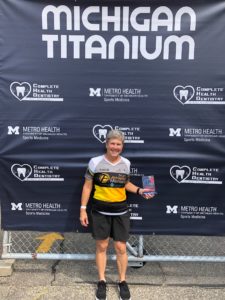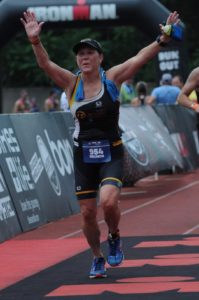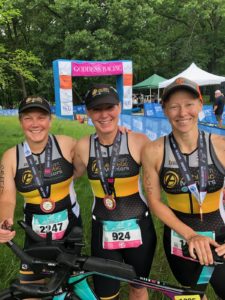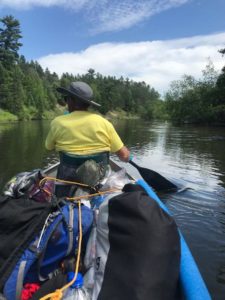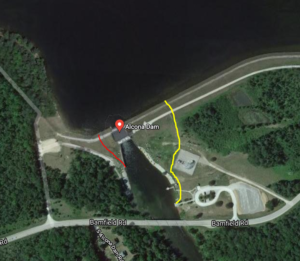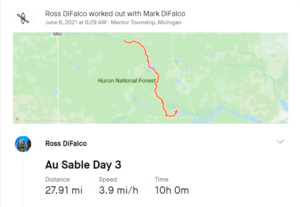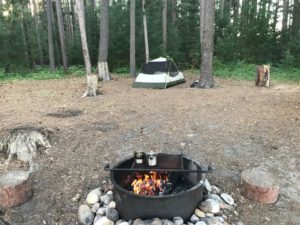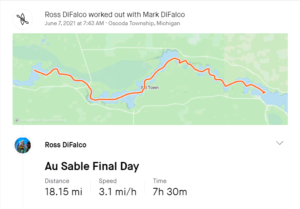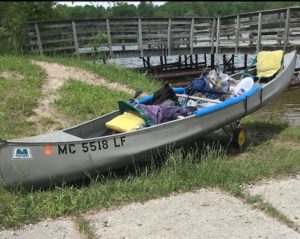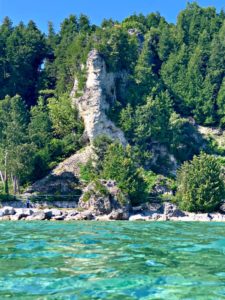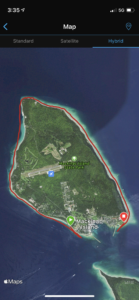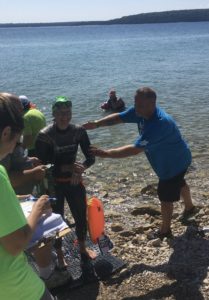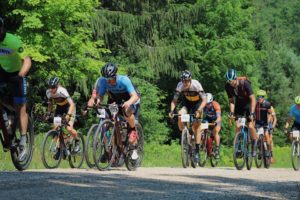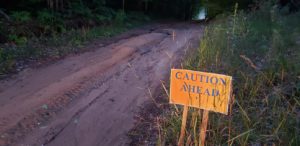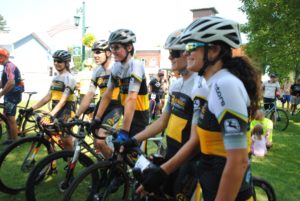By: Ross DiFalco
For those of you that don’t know, in northern Michigan there lies a beautiful winding river with an incredible amount of wildlife and diversity. The Au Sable is a fly angler’s paradise, and is professionally managed to keep it that way. The other reason that people know of the Au Sable River is for the Au Sable Canoe Marathon that takes place each year in July. The Marathon, as it’s commonly called, is a 120 mile canoe race from Grayling to Oscoda. This is where our story begins, kind of. 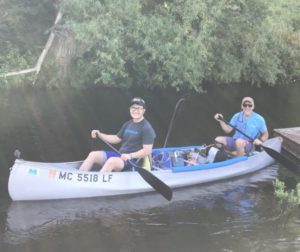
My dad has wanted to canoe the entire length of the Au Sable since he was a kid. This spring, he asked me if I would join him on an adventure to make that dream a reality. Given that I love being active and outdoors, I said yes without hesitation. We both talked a big talk and decided we would train for this trip, and even do some over-night excursions to be acclimated with paddling all day. Fast forward until 3 weeks before our trip, none of this has transpired (we didn’t even have a canoe yet!). This is where the canoe marathon starts to become important. I started researching how much time I needed to take off work, and my source of data happened to come from ex racers. Here is the data I used to prepare:
- Speed – river 3mph – canoe 5.5mph (estimated)
- Estimated daily travel- 5 hours at 5.5m/h = 27.5mi
- Current river temp- 59 degrees Total Length- 138mi
- River race length- 120 river race time 14:17 (2018) Race speed – 8.5mph
Based on the research, we planned for a 4 day (3 night) trip to do 115-120 miles of the river. We figured if the river were flowing at 3mph, then we would have to average a normalized 2.5mph to maintain our estimated speed of 5.5 mph. In order to complete the trip we would need to average about 27-28 miles a day to stay on track, and that puts us at 5 hours moving time. We even discussed worse case scenarios, which we thought was no paddling and floating down the river at 3mph (10 hours in the canoe). I even mapped out where food was along the river so we could go get new things to eat along the way.
What to bring? We made the excellent decision to borrow a bunch of dry bags. If you do any canoe/kayak trips, get dry bags. We each brought a sleeping bag, camping mattress, camping pillow, 64oz bottle, and clothes. Collectively we had a tent, 6 dehydrated meals, bagels, peanut butter, jelly, protein pars, fruit bars, a backpacking stove, knife, flashlight, battery back (solar), two ropes, and some canoe wheels picked up on Amazon. We even brought some fishing poles and gear. One of our most valuable items ended up being canoe backrests and instead of lifejackets, we brought floating cushions to serve dual purpose. All of this fit in our borrowed 15’ Michicraft Canoe that was from the late 60’s or so. All in, our setup was probably about 180-200 lbs.
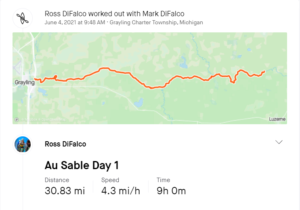 Here we GOOOO! Day 1 was Friday 6-4 and it was gorgeous weather. We started in downtown Grayling, the sun was shining, and we had a high of 84 degrees. We packed our canoe, tied all of our gear down, and we were off! The first part of the river is the narrowest section and winds tightly. There’s pines everywhere and many that are bent over the river. It’s a very cool experience travel down this section. For day one, we packed “real” food so we wouldn’t have to start eating the dehydrated variety just yet. By 12:30 we had made it 12 miles (4mph) and it was time for sandwiches. It was also a time for reflection because 4mph was a long way off from 5.5. We decided that we should push the effort a bit to make sure we make it to our campsite, Parmalee Bridge State Park Campground, at a reasonable time. Around 3pm, we took a break because we were dying and needed to filter water to refill. Here is snag number two, our filter was having problems and the water that was coming out was awful. We lucked out though! On our map, I listed that there was a convenience store .25 miles up the road. I ran down there, picked up 6 Gatorade’s, and ran back. This gave us the energy to push on.
Here we GOOOO! Day 1 was Friday 6-4 and it was gorgeous weather. We started in downtown Grayling, the sun was shining, and we had a high of 84 degrees. We packed our canoe, tied all of our gear down, and we were off! The first part of the river is the narrowest section and winds tightly. There’s pines everywhere and many that are bent over the river. It’s a very cool experience travel down this section. For day one, we packed “real” food so we wouldn’t have to start eating the dehydrated variety just yet. By 12:30 we had made it 12 miles (4mph) and it was time for sandwiches. It was also a time for reflection because 4mph was a long way off from 5.5. We decided that we should push the effort a bit to make sure we make it to our campsite, Parmalee Bridge State Park Campground, at a reasonable time. Around 3pm, we took a break because we were dying and needed to filter water to refill. Here is snag number two, our filter was having problems and the water that was coming out was awful. We lucked out though! On our map, I listed that there was a convenience store .25 miles up the road. I ran down there, picked up 6 Gatorade’s, and ran back. This gave us the energy to push on.
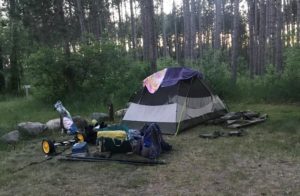 We pulled into our campground at 7:30 pm, after canoeing all day. To say this was a rude awakening would be a massive understatement. We unpacked the canoe, and had to hike with our stuff to our campground. Once set up, it was time to figure out food. My dad set up the backpacking stove and started to boil water and I went looking for sticks so we could have a fire. Once our food was ready, we sat down and started to eat. We looked at each other and laughed about how ridiculous this had been. Sitting at this campsite was a low mental point for sure. Knowing that we had 3 days like this ahead, and the weather was calling for it to be 94 degrees was oppressive. To make things worse, we talked with others at the campground canoeing the Au Sable, but they were taking 8 days! It was at this point we had some serious doubts. On a positive note, Parmalee had a hand pump so we were able to get fresh, cold water.
We pulled into our campground at 7:30 pm, after canoeing all day. To say this was a rude awakening would be a massive understatement. We unpacked the canoe, and had to hike with our stuff to our campground. Once set up, it was time to figure out food. My dad set up the backpacking stove and started to boil water and I went looking for sticks so we could have a fire. Once our food was ready, we sat down and started to eat. We looked at each other and laughed about how ridiculous this had been. Sitting at this campsite was a low mental point for sure. Knowing that we had 3 days like this ahead, and the weather was calling for it to be 94 degrees was oppressive. To make things worse, we talked with others at the campground canoeing the Au Sable, but they were taking 8 days! It was at this point we had some serious doubts. On a positive note, Parmalee had a hand pump so we were able to get fresh, cold water.
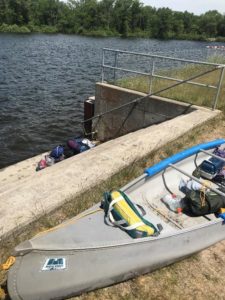 We woke up around 7am feeling decent. Shoulders, lats, and traps were all fatigued but not too sore. We packed our stuff, ate and were on the river by 8:30 am. The river looks completely different from where we started. It was wider, shallower, and had a rocky bottom. It was a nice change of pace. I don’t know if it’s because you can see the current, but the river looks faster in here and provides motivation. Today our goal was to travel 31 miles to a campsite called Buttercup Campground. Starting earlier than the day before was a huge help. It didn’t feel like we were playing catchup all day. Early on, we had our first Bald Eagle sighting! The eagle was sitting in a tree close to the water and took off as we paddled by. The best part about the second day is that you go through Mio around lunchtime. Before reaching Mio, you have to traverse the Mio Dam. This is the first of 6
We woke up around 7am feeling decent. Shoulders, lats, and traps were all fatigued but not too sore. We packed our stuff, ate and were on the river by 8:30 am. The river looks completely different from where we started. It was wider, shallower, and had a rocky bottom. It was a nice change of pace. I don’t know if it’s because you can see the current, but the river looks faster in here and provides motivation. Today our goal was to travel 31 miles to a campsite called Buttercup Campground. Starting earlier than the day before was a huge help. It didn’t feel like we were playing catchup all day. Early on, we had our first Bald Eagle sighting! The eagle was sitting in a tree close to the water and took off as we paddled by. The best part about the second day is that you go through Mio around lunchtime. Before reaching Mio, you have to traverse the Mio Dam. This is the first of 6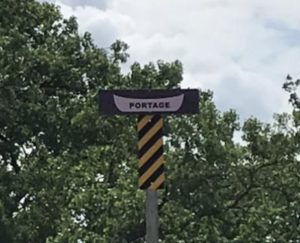 dams that we would have to portage over. You will be looking for a canoe shaped sign that says “portage”. These signs are not very large, so keep your eyes open! This portage is right next to the dam and is 9 concrete steps. All of the dams require you to walk a ways after leaving the water, so plan for this ahead of time. When we reached Mio, my dad walked to the grocery store, bought more bagels, sandwiches, water and pretzels. Eating food after being on the water felt so great!
dams that we would have to portage over. You will be looking for a canoe shaped sign that says “portage”. These signs are not very large, so keep your eyes open! This portage is right next to the dam and is 9 concrete steps. All of the dams require you to walk a ways after leaving the water, so plan for this ahead of time. When we reached Mio, my dad walked to the grocery store, bought more bagels, sandwiches, water and pretzels. Eating food after being on the water felt so great!
Back on the water we went! The rest of the day went smoothly. This section of river is popular for tubing and rentals, so you will have to 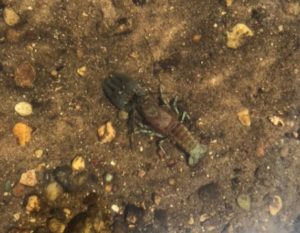 share the river much more than day 1. 6 miles after Mio all the tubers get picked up and everything will be peaceful again.
share the river much more than day 1. 6 miles after Mio all the tubers get picked up and everything will be peaceful again. 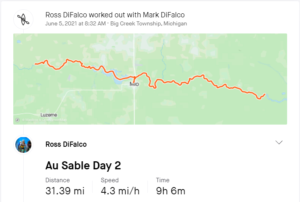 Overall, I was shocked at how few people you see on the water. Day two ended on a much more positive note than day 1. We arrived earlier and had time to relax a bit. The only negative is that Buttercup did not have any water source so we were running a bit low.
Overall, I was shocked at how few people you see on the water. Day two ended on a much more positive note than day 1. We arrived earlier and had time to relax a bit. The only negative is that Buttercup did not have any water source so we were running a bit low.
Check out part two to see how day 3 and 4 go!
The post Canoeing the Au Sable River appeared first on Team Athletic Mentors.
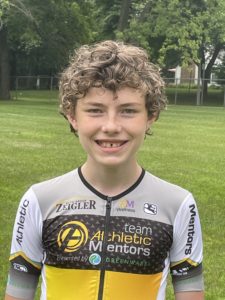




 Our Hockey Site
Our Hockey Site Team AM
Team AM


